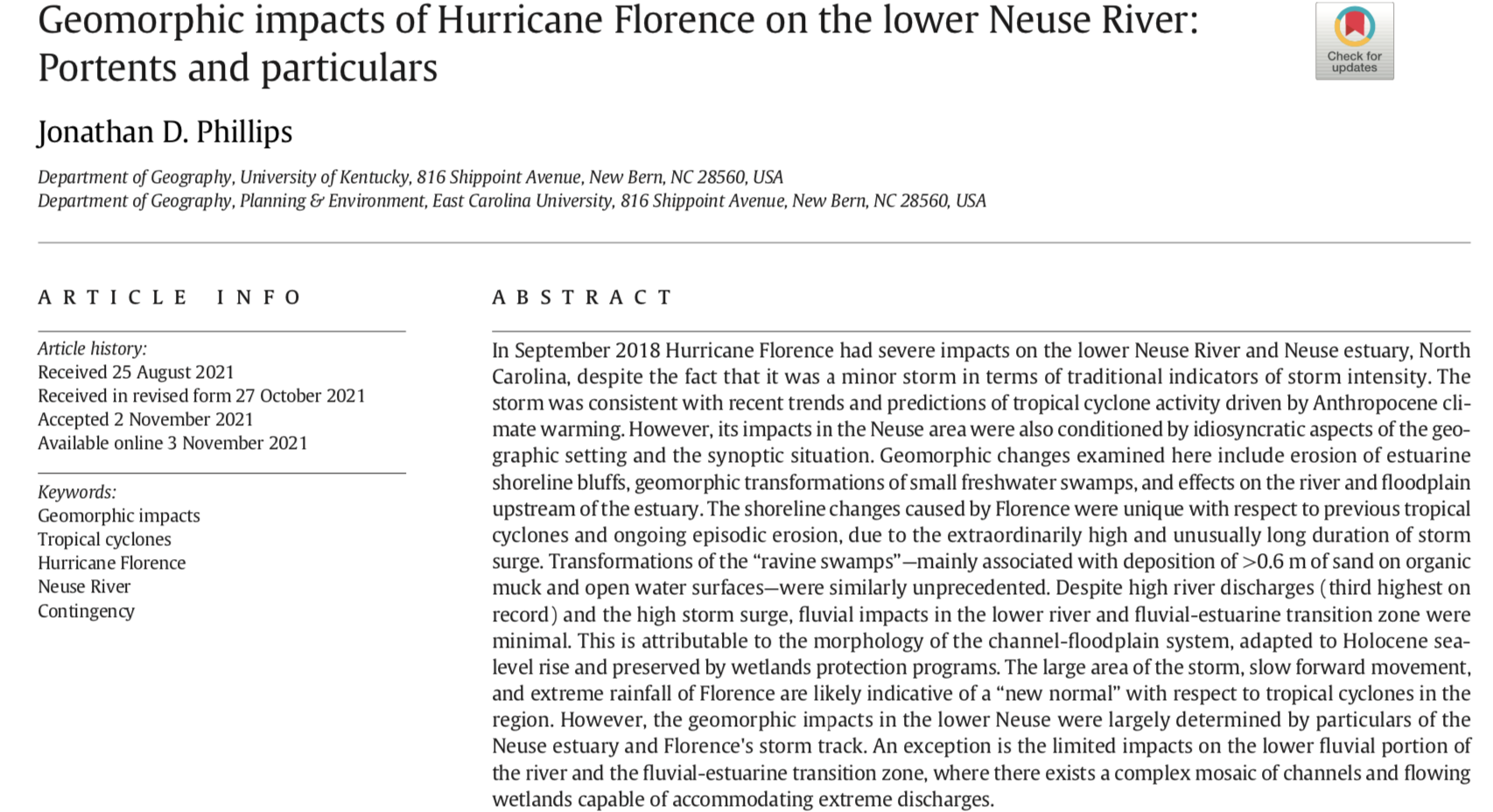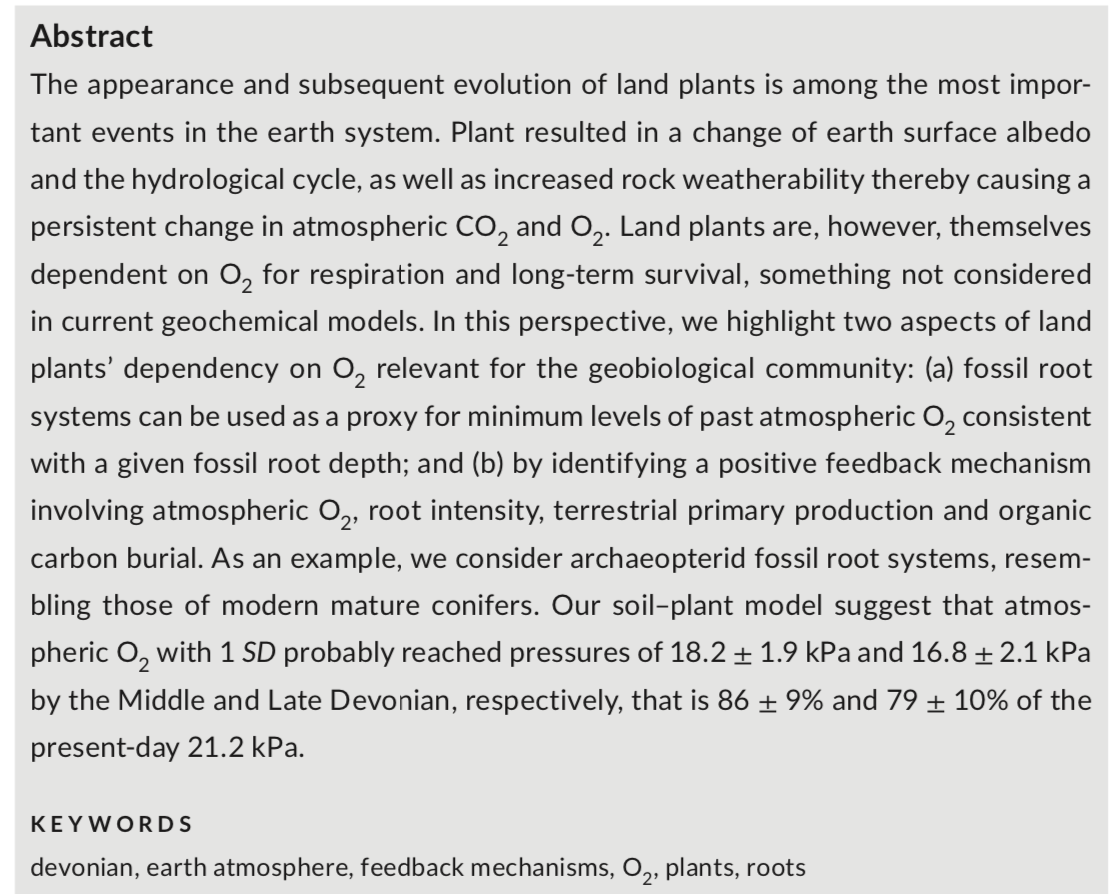Geography Career Night
Geography Career night from 5pm to 7pm at the Stuckert Career Center.
Resume workshop and professional Head-Shots followed by a panel of alumni and local employers.
Geography Career night from 5pm to 7pm at the Stuckert Career Center.
Resume workshop and professional Head-Shots followed by a panel of alumni and local employers.
The parable of the boiling frog holds that if you drop the frog into boiling water it will do everything possible to get out immediately and avoid being cooked alive. On the other hand, if you gently place the frog into a pot with water at room temperature it will stay calm. Then, as you very gradually turn up the heat, the amphibian will get ever groggier until the water reaches the boiling point and kills it. The frog parable/metaphor has been employed many times in many ways to reflect human tendencies to be able to accept and adapt to minor incremental changes (or to not even notice them) until finally some threshold is reached whereby we realize things have, not to put to fine a point on it, gone to shit. The frog is boiled.
In terms of actual biology and frog behavior there is no evidence that the parable is accurate. But as a metaphor for out perceptions, it is often right on target.

In 2018 Melissa Parsons and Martin Thoms (quoting various academic sources), noted that resilience has, on one hand, been described as a powerful lens through which to view major issues, a systems approach to understanding change, and an organizing concept for radical change. On the other hand, resilience has been characterized as having the potential to become a vacuous buzzword, a word of the year, and an academic bandwagon (Parsons and Thoms, 2018: 242).
I will not parse the various meanings or explore the dimensions of resilience here; it is clear by now that due to the various meanings attached to the term, one should always define it if a specific version of resilience is intended, or perhaps choose a different, less contested term. Discussions of resilience, by virtually any definition, are critical now in the context of planning for and responding to climate change. Significant changes are happening now and will continue (and likely accelerate) in the future, and Earth systems (including humans) will have no choice but to respond one way or another.
Just published, in Geomorphology (2022, v. 397, 108026): Impacts of Hurricane Florence on the lower Neuse River: Portents and Particulars. Beyond documenting geomorphic impacts in three specific settings in, essentially, my current backyard, one of the main goals was to test the extent to which geomorphic impacts were attributable to the “new normal” nature of the storm, as opposed to tropical cyclones in general (portents); and to specific characteristics of both the lower Neuse region and the synoptics of Florence in the Carolinas (particulars). The “new normal” refers to the tendency here in the warmed-up and warming-up Anthropocene for more and larger tropical cyclones, and for these storms to hold and deliver more moisture, to move more slowly, and to expand in area (the whys of this are summarized in the article). As you can see from the abstract below, some aspects of Florence’s impacts are portents, while others are linked to the particulars of the place and the storm.

I’ve long been interested in plant roots in the context of their effects on geomorphology and soils, which are many (see the reference below, for starters). Having my antennae up for root research beyond the realm of botany and plant physiology, I came across a very interesting new article by Fredrik Sønderholm and Christian Bjerrum: Minimum levels of atmospheric oxygen from fossil tree roots imply new plant−oxygen feedback, in Geobiology (2021). The abstract is below:

Considering a different major? How about Geography as a major or a minor? Stop by Barker Plaza in the Student Center for free pizza and meet some geographers on Tuesday, Nov 16th from 11:00 - 12:30. For more information about this and other GeoDay events in the UK Department of Geography, visit this webpage.
Soapboxes and Stealth on Revolution Street: Revisiting the Question of ‘Freedom’ in Iran’s Hijab Protests
In this talk, I examine how the concept of ‘freedom’ is articulated and deployed in narratives of anti- compulsory hijab protests in Iran. I posit that women’s rights movements in Iran become legible to US audiences when they conform to narrow frames of feminist activism and orientalist tropes. I compare the “Girls of Revolution Street” (GRS) protests in Iran and the US-based “My Stealthy Freedom” (MSF) online movement to elucidate a politics of recognition that I argue reinforces orientalist representations of women’s rights in Iran. Through its circulation of GRS protest footage to its one million plus followers, MSF increased the visibility of resistance to mandatory hijab in Iran. Yet, through MSF’s selection of which GRS protests to publicize and commentary on why this movement is important, other critical aspects of the GRS protests were rendered invisible. I posit that the strategic framing of women’s rights through campaigns like MSF does more to attract international support than address the multi-faceted nature of gender injustice in Iran and, paradoxically, rests on Iranian women reproducing themselves as the vulnerable ‘unfree’ other.
Far from a monolithic population, the contemporary People’s Republic of China is host to a vast array of ethnic and linguistic minority cultures. Minority groups are found in China’s borderlands and recognized autonomous ethnic regions, but also in the factories, fields, mines, and other workplaces that symbolize China’s recent economic boom. This economic expan-

sion is intertwined with migration: both internally within China’s borders, and drawing migrants from the Middle East, Africa, and Southeast Asia. According to official statistics, there were more than 245 million internal migrants in 2017, with thousands of foreign-born migrants now working in China as well. Few Americans are aware of the minority experiences embedded within China’s economic and political rise. This panel presentation brings together emerging scholars from a variety of disciplines who focus on migrant and minority groups in China. The panel will help students, faculty, and community at the University of Kentucky become aware of the underlying stories of diaspora and migration beneath the surface of modern China.
Register HERE: https://uky.zoom.us/webinar/register/WN_iQW3GabIRZaWPpvt2rka4Q
When I was an undergraduate student at Virginia Tech from 1976-79, in several environmental science, geography, and ecology classes we were taught about global warming and climate change due to human activities such as burning fossil fuels and deforestation. The physics behind warming due to increasing atmospheric concentrations of carbon dioxide, methane, and other greenhouse gases had been well known for nearly a century by that time, and the fact that carbon dioxide concentrations in the atmosphere were increasing was also firmly established. Empirical evidence suggesting that human-caused climate change was already occurring was beginning to accumulate.